
Venus, often referred to as Earth’s “twin” due to its similar size and proximity, has long been dismissed as a potential candidate for habitability due to its harsh surface conditions. However, recent studies and new theories are challenging this perception, suggesting that Venus might have once been, or could still be, more hospitable to life than previously thought.
The Past Habitability of Venus
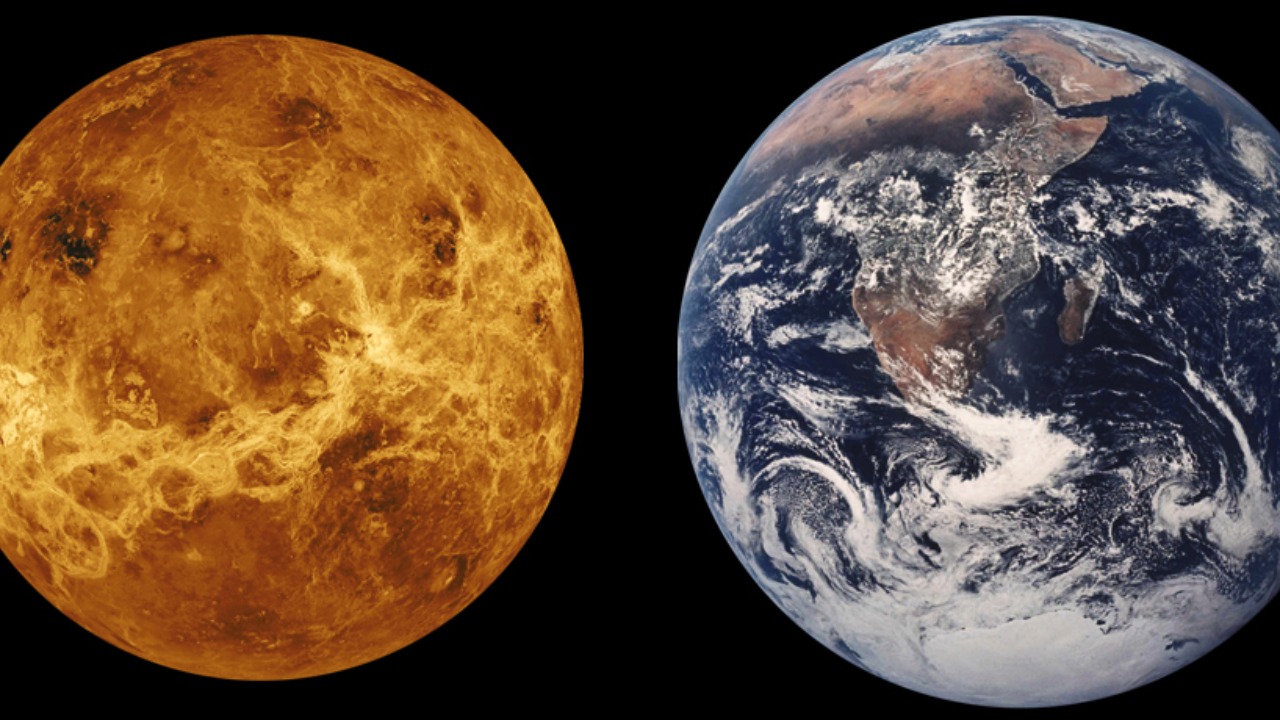
Geological evidence suggests that Venus might have been habitable in its distant past. According to a Scientific American article, Venus may have had surface conditions that supported liquid water for billions of years. This insight challenges the notion of Venus as an eternally inhospitable environment, opening up possibilities for past life. Furthermore, research published in ScienceDirect suggests that Venus might have once boasted a climate much like Earth’s, with oceans, rain, and a balance of temperatures conducive to life.
In addition to geological evidence, theories about Venus’ early atmosphere also play a crucial role in reshaping our understanding of its habitability. An IOP Science article posits that Venus’ early atmospheric conditions may have been suitable for life, with a thicker, water-rich atmosphere that could have supported microbial lifeforms. These findings suggest that our understanding of Venus’ atmospheric evolution is shifting, with implications for its potential to have supported life in the past.
Cloud Layer Potential for Life
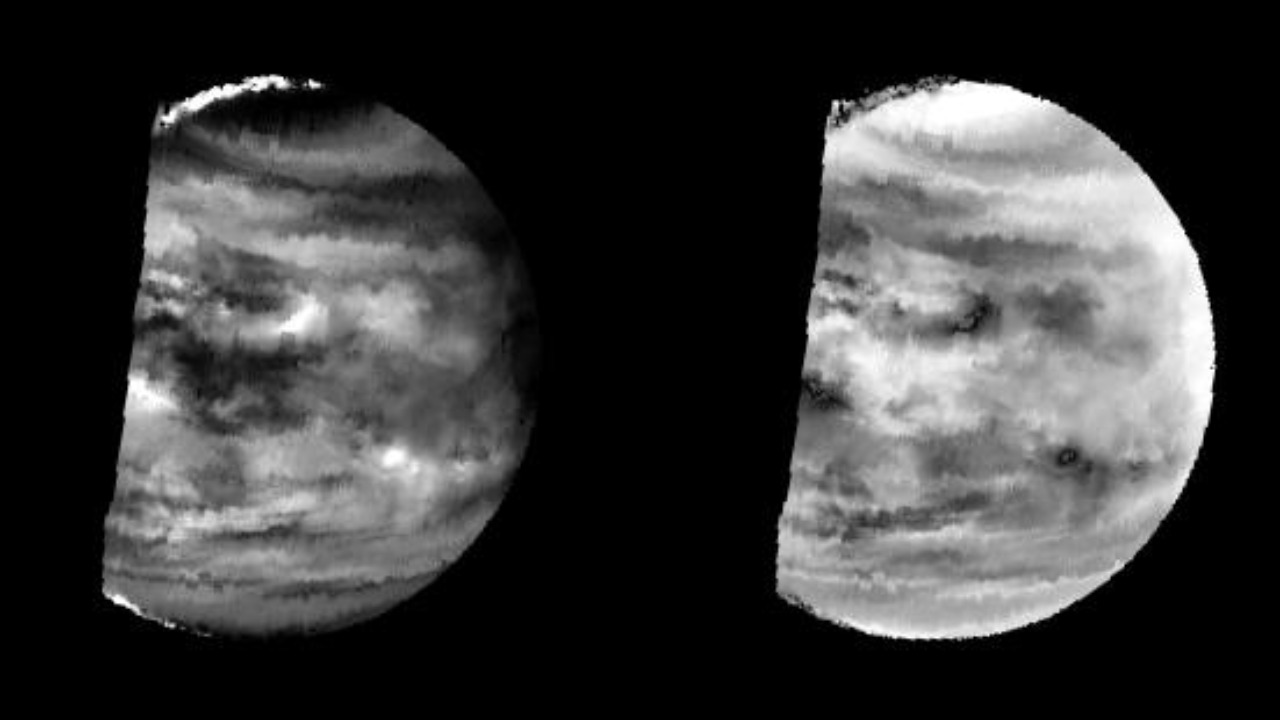
The dense cloud layers of Venus present an intriguing possibility for habitability. Within these clouds, a Wikipedia article discusses the concept of habitable zones where temperatures are moderate enough to support life. These cloud layers, existing at altitudes where the temperature and pressure are similar to Earth’s surface, could harbor microbial life. The notion of life existing in such extreme environments is not unprecedented; on Earth, extremophiles thrive in conditions once thought to be too harsh for life.
Moreover, the chemical composition of Venus’ atmosphere provides further insights into its potential for life. Studies have detected phosphine, a gas associated with biological processes, within these cloud layers. While the presence of phosphine is not definitive proof of life, it is a strong indicator that warrants further investigation. The same IOP Science article analyzes other life-sustaining elements found in Venus’ atmosphere, suggesting that the planet’s clouds may contain the necessary ingredients for life.
Atmospheric and Surface Dynamics
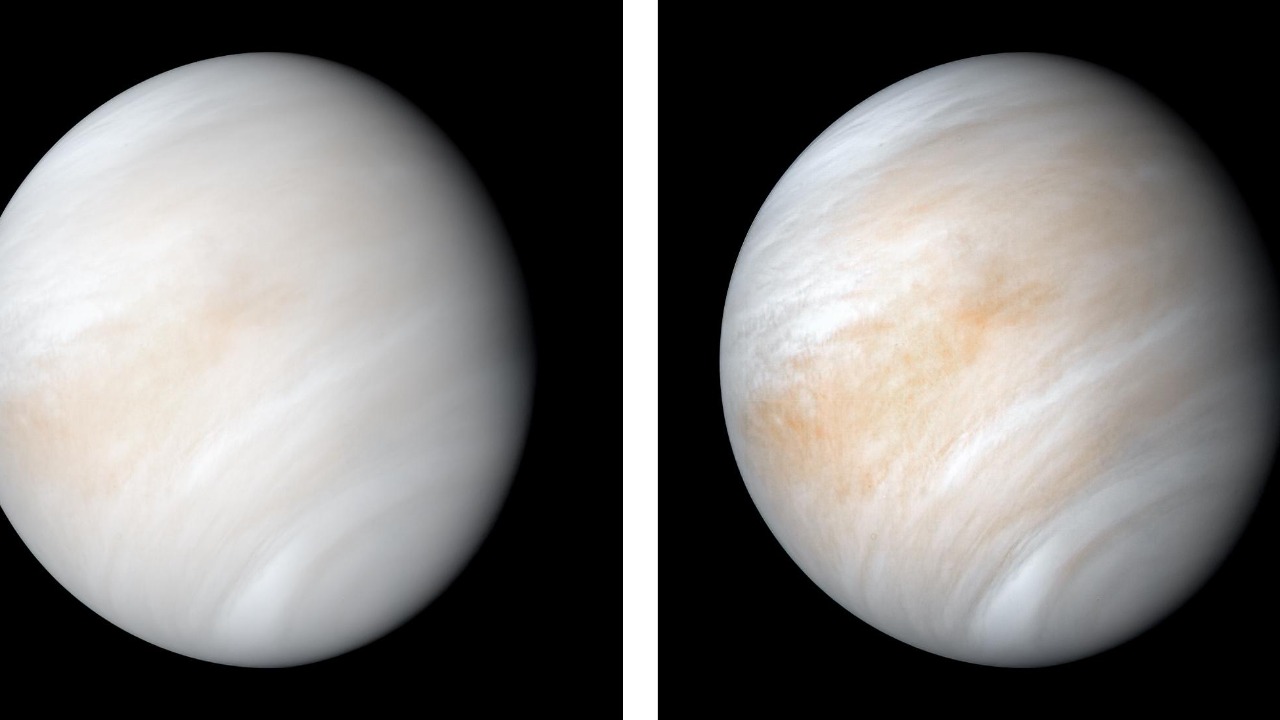
One of the significant challenges to Venus’ habitability is its rapid loss of water. Recent studies, as discussed in The Conversation, indicate that Venus is losing water at a much faster rate than previously thought. This rapid water loss has significant implications for theories about the planet’s past habitability, suggesting that any oceans or hydrological cycles that might have existed would have disappeared quickly, transforming Venus into the arid world we see today.
Volcanic activity on Venus also plays a pivotal role in shaping its atmosphere and surface conditions. The planet is home to numerous volcanoes, and recent findings suggest that volcanic eruptions may have contributed to the atmospheric conditions necessary for a habitable environment. Volcanic outgassing could have released water vapor and other gases into the atmosphere, potentially sustaining a more Earth-like climate in Venus’ past. Understanding the extent and impact of volcanic activity on Venus is crucial to piecing together the planet’s history and its potential for habitability.
Technological Advances in Venus Exploration
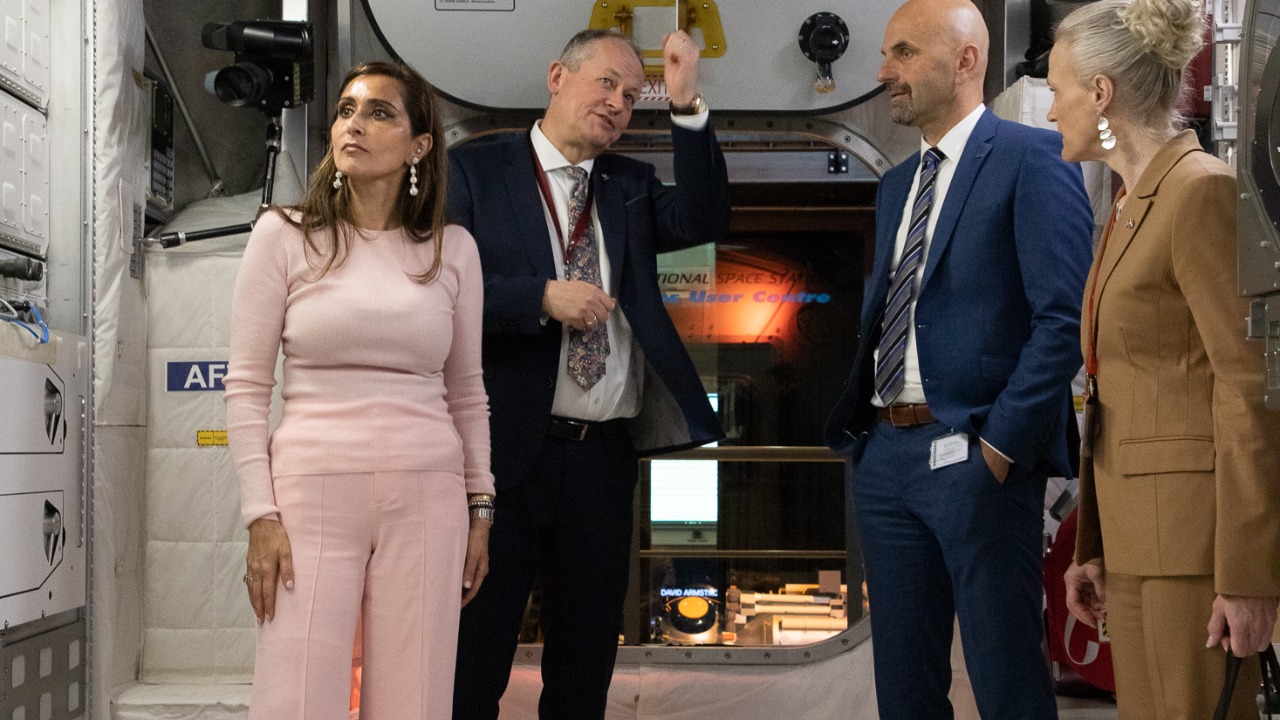
In recent years, there has been a renewed interest in exploring Venus, with several upcoming missions aiming to unlock the planet’s secrets. These missions, spearheaded by organizations like NASA and the European Space Agency (ESA), aim to gather detailed data on Venus’ atmosphere, geological history, and potential for life. The advancements in technology, such as high-resolution imaging and atmospheric probes, will allow scientists to explore Venus with unprecedented precision and detail.
International collaboration is vital for the success of these missions. By pooling resources and expertise, space agencies can conduct more comprehensive studies of Venus. Collaborative efforts not only enhance our understanding of Venus but also pave the way for future joint missions. The shared knowledge and data from these missions will be instrumental in informing our understanding of planetary habitability and the possibilities of life beyond Earth.
Reevaluating the Criteria for Habitability
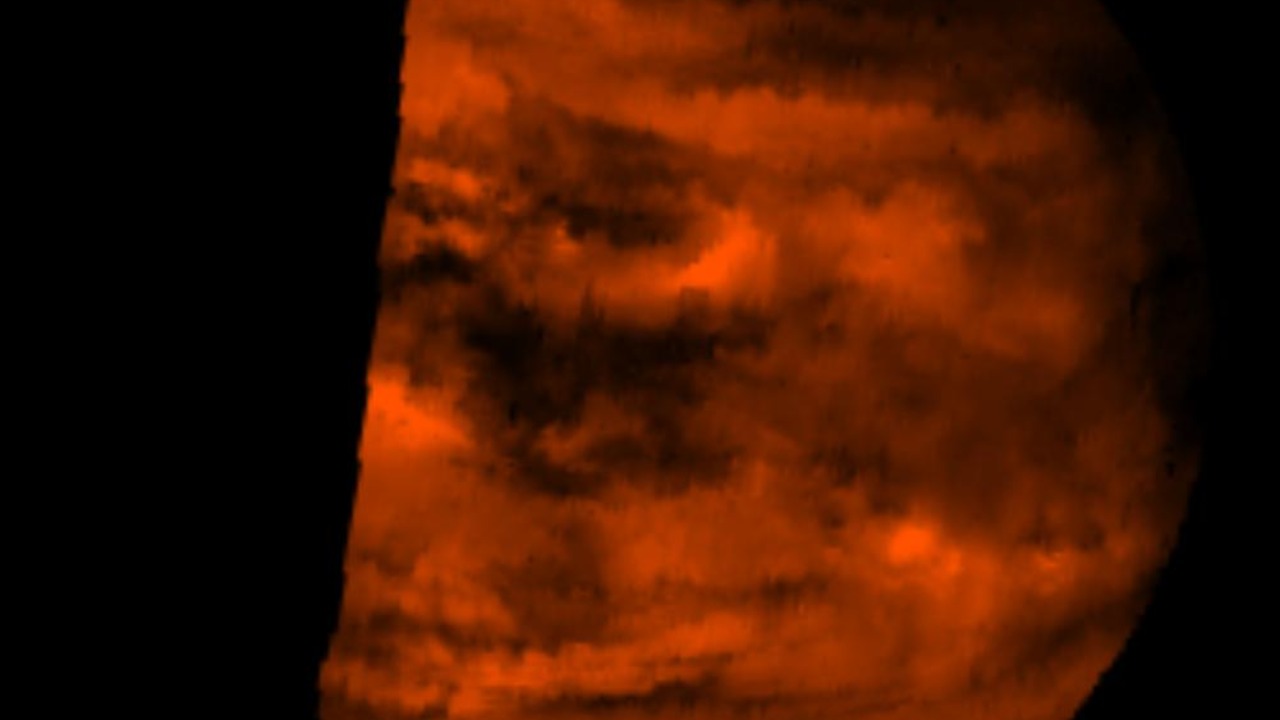
The study of Venus is challenging traditional notions of what makes a planet habitable. By expanding the definition of habitable zones to include areas like Venus’ cloud layers, scientists are broadening the scope of where we might find life in the universe. This reevaluation has significant implications for the search for life in other parts of the solar system, suggesting that we might need to look beyond Earth-like conditions to find extraterrestrial life.
Interdisciplinary research is crucial in reshaping our understanding of planetary habitability. By integrating geological, atmospheric, and biological sciences, researchers can gain new insights into Venus’ potential to support life. This collaborative approach is essential for advancing our knowledge of Venus and applying these insights to the study of other planets. The ongoing research into Venus not only enriches our understanding of our neighboring planet but also informs the broader quest for life beyond Earth.